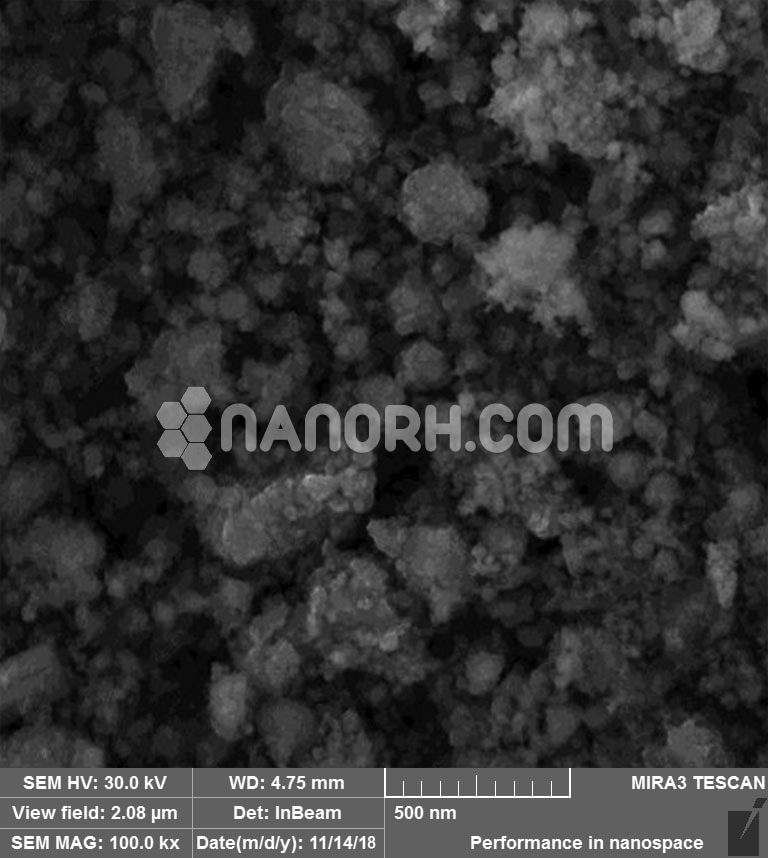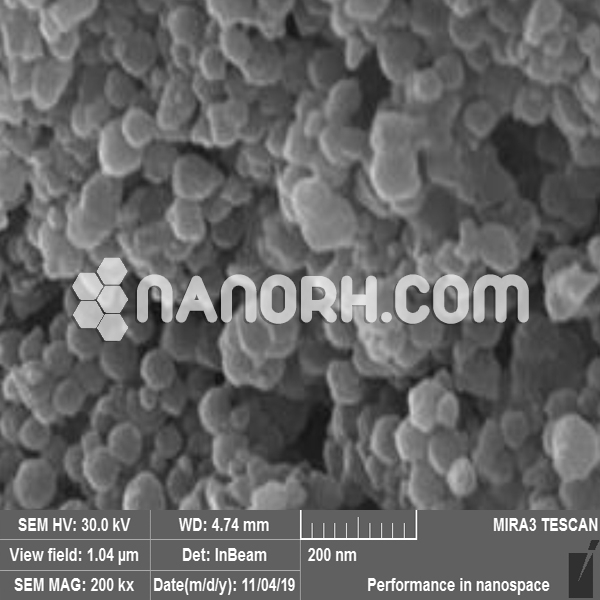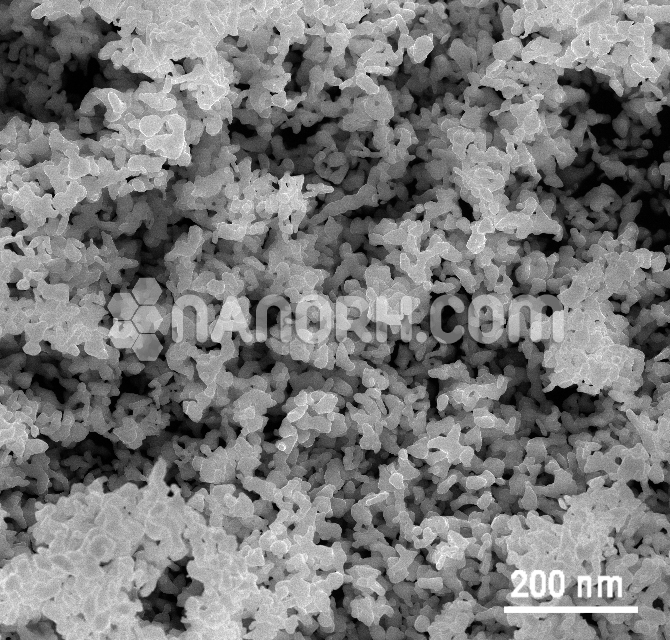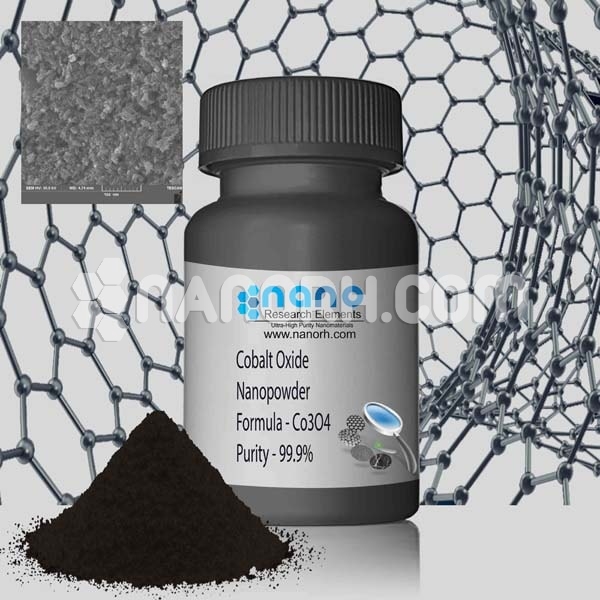| Magnesium Fluoride Nanopowder | |
| Product No | NRE-5144 |
| CAS No. | 7783-40-6 |
| Formula | MgF2 |
| APS | <100nm (Can be Customized) |
| Purity | 99.9% |
| Color | White |
| Molecular Weight | 62.301 g/mol |
| Density | 3.148 g/cm³ |
| Melting Point | 1263°C |
| Boiling Point | 2260 °C |
Magnesium Fluoride Nanopowder
Introduction
Magnesium Fluoride (MgF₂) is an inorganic compound composed of magnesium and fluorine, commonly known for its exceptional optical properties. In its nanopowder form, MgF₂ exhibits a variety of enhanced characteristics compared to its bulk counterpart, particularly due to its significantly increased surface area and altered physical properties. These nanoparticles (with sizes typically ranging from 1 to 100 nanometers) display unique behaviors that make them suitable for advanced applications in various fields such as optics, electronics, environmental technology, and biotechnology.
Nanopowders are materials consisting of fine particles that are in the nanoscale range. Magnesium fluoride nanopowder retains the key characteristics of bulk MgF₂, such as its high optical transparency in the ultraviolet (UV) spectrum, but at the nanoscale, it also benefits from enhanced reactivity, improved mechanical strength, and greater flexibility in being tailored for specific uses.
The synthesis of magnesium fluoride nanopowder typically involves methods like sol-gel processes, hydrothermal synthesis, precipitation, and chemical vapor deposition (CVD). These techniques allow precise control over the size, morphology, and purity of the nanoparticles. Because of the reduced size, the nanopowder form of MgF₂ exhibits a much larger surface area compared to bulk materials, which enhances its reactivity and makes it a more effective candidate for use in advanced applications, including coatings, catalysis, and sensors.
Properties of Magnesium Fluoride Nanopowder
Optical Properties: MgF₂ nanopowder retains the optical clarity and low refractive index of bulk magnesium fluoride, making it ideal for applications in UV-transparent lenses, optical coatings, and other photonic devices.
High Surface Area: With a significantly higher surface area-to-volume ratio than bulk materials, MgF₂ nanopowder is more reactive and can be easily functionalized for various applications, including environmental and catalytic purposes.




